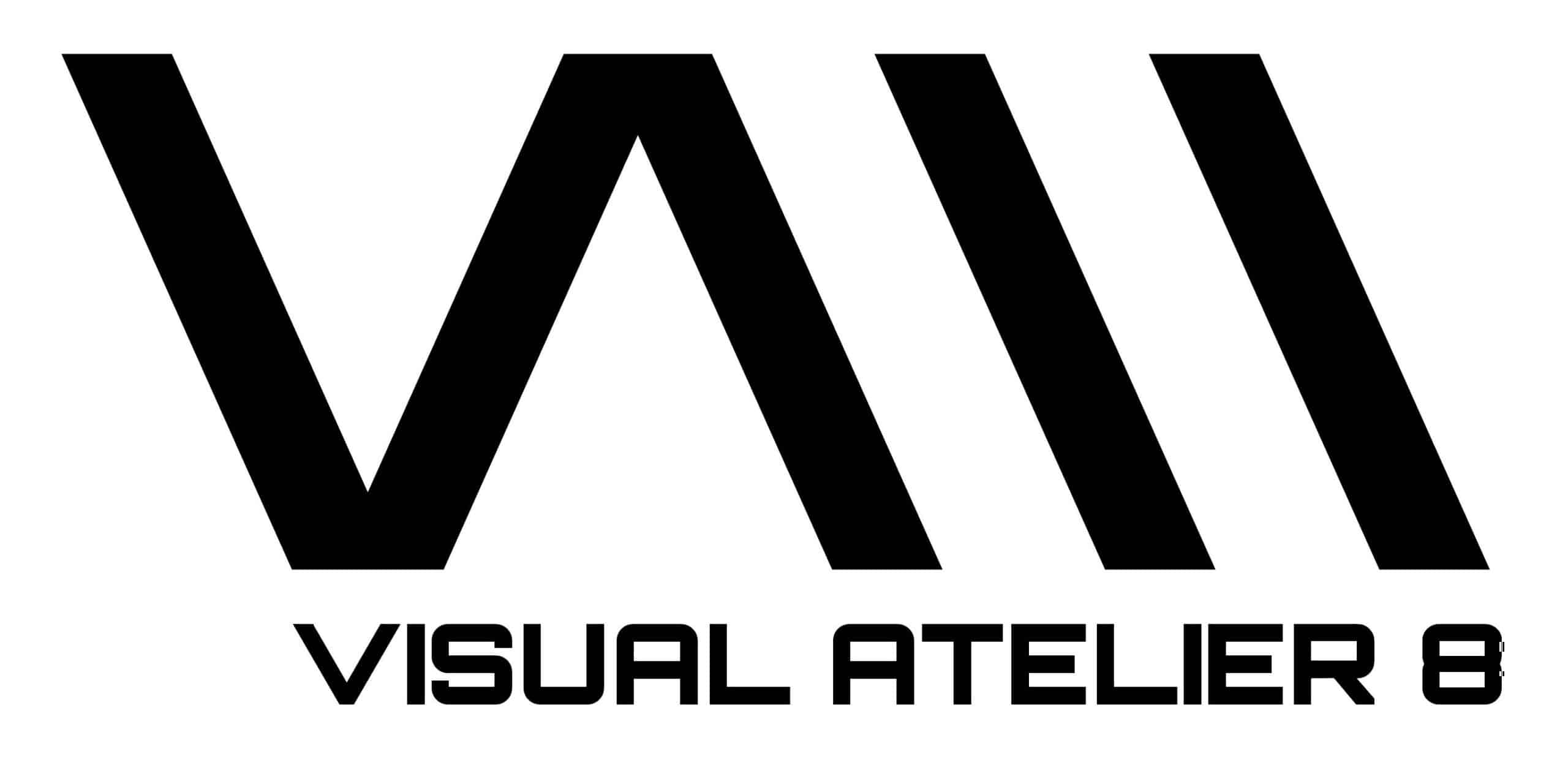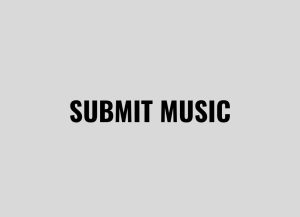
It is a sincere pleasure to sit down and have this discussion. The “alien” is often composed of combining unexpected naturalistic design elements into something different, but this doesn’t make such technically alien, but just unexpected. Do you think that because such recombinations aren’t readily found in nature that this is what makes them feel so? Or, is it that our concept of alienness has been wholly dominated by science fiction-type imaginings for so long that we hold this model as a preconception?
Thank you for the invitation. The alien or alienness is something that speaks to a confrontation with the unfamiliar. It challenges one to situate oneself and their understanding in a context of something other. This otherness has the bias of what one knows and the capacity and curiosity one has in response to this confrontation. From our point of view, it is the strangely familiar that is the most uncanny. We live in a super-saturated world view of science fiction. From our perspective what was once science fiction is now fact with reality ever more radical than narratives of fiction. Reality is a radical project and it is important for us to directly engage this through work that is situated in real-time and with consequence. Beyond narrative speculation, art, design, architecture needs to find its agency by enabling and prototyping deeper relationships with our world. This world understood as something shared and collective. This necessitates open frameworks that engage in the complexities of today. From science and technology to conceptualizing human and non-human ecologies.
What are the greatest limitations and strengths of traditional building materials that have stood the test of time, and have remained standing after hundreds or even thousands of years? From within this subsistence context, what will new material iterations improve upon, and why is continual development a necessity?
The way we construct our built environment has evolved from natural to synthetic. Matter repurposed and engineered through various extractive processes creating new opportunities as well as problems. In parallel, we have seen a communication revolution that has shifted the tangible towards the invisible. As the magnitude of these revolutions comes into focus, we begin to understand their impact on our environment and social ecology. Everything is interconnected in a deep entanglement that necessitates the need to swim in the complexity of these challenges, social, political, technical, and environmental. Like in physics there is no such thing as the future. Everything is now. This means that much of how we understand the world is latent and unknown. Our material and digital culture by necessitating will need to be hybrid, considered intelligent, adaptive, evolving, and symbiotic. To achieve this, we must break simplistic descriptions of real vs. virtual, natural vs. man-made, and work towards models of interacting things as adaptive ecologies.

As design expertise evolves, it seems that more of what we create mirrors things that exist on the nanoscale. How might you think it is that the human mind can gain inspiration from patterns and designs that they haven’t had firsthand, or even sometimes any experience with, but yet these patterns emerge from the creative subconscious as though novel productions?
Design is a way of understanding and acting in the world. Pattern and intuition can be seen as mediums that allow us to operate without full awareness of all at play. Beyond inspiration we have always constructed thought experiments or black boxes to conceptualize problems and understand much of what appeared inaccessible. Acknowledging this should challenge the orthodoxy of discipline as silos and move towards collaborative models that learn and challenge each other. The future of design will necessitate a rethinking of the interplay between art, science and technology.
Using light in a myriad form has become a hallmark of present-day design. What do you think it is about capturing and reshaping light that maintains such a fascinating quality to the human brain? Why do you think we instinctively associate harnessed light with progress?
Illumination is something that animates and amplifies our communicative capacities. In our work we see things in continual formation. From constructing atmospheres that animate the built environment through personal testimonies to AI robot agents that are signaling each other light as medium offers a rich palette of experimentation that challenges the fixed and finite. In the work of Minimaforms this is an enabling aspect of our interest to explore light and material behaviors that create the possibility to see things anew.


The creative review said that your studio is exploring, “the boundaries of what is possible with architecture and design”. Do you think our world will soon merge with an alternate digital reality where literally nothing becomes impossible? How do you think this new breaking of limits would inspire budding minds, or, change the ways we re-imagine our actual world which holds limitations?
We have always found ourselves always somewhere in-between art, architecture, science and technology. Attempting to see things spatially and as open frameworks that enable curiosity and participation. We setup our studio as a collaborative space where open experimentation, research and prototyping could be fostered. It seemed to us from the very beginning categorizing something as art or architecture was limiting as our attempts were always to expand those boundaries. Our work has never been easy to describe in short form from this perspective and this leads to our audiences knowing us for one project or another. Over the years our work has expanded into many fields and researches which continue to fascinate us. From AI to fabric formwork, we remain process driven and very curious. With respect to Creative Review, it was one of our first print features in design a magazine that saw our work beyond medium, challenging boundaries and traditions of design.
New technological advances in Nano and 3d printing-integration are changing how we create on a moment-by-moment basis. Which future technologies or materials have inspired you, and, as a thought experiment, what isn’t yet in production that would aid your team in reaching startling new horizons?
There are you say many exciting frontiers in material technologies and processes that one can explore today. Ourselves working for a long time on research that we have been developing with AI, advanced textiles, sand-printing amongst others. As much as we believe and utilize all forms of technology, we do not foreground it. With respect to contemporary processes, we always engage with them first and foremost conceptually and not because of novelty. We are not motivated in technology for technology’s sake rather we see technology as a very human thing that challenges us to engage with complex processes. Technologies necessitate curious and explorative engagement.

Where does Minimaform’s desire originate to continue pressing forward with experimental architecture and design? Is this need a simple exploration into the unknown, a personal challenge perhaps, or does it begin from something earlier? With this in mind, what would the ideal city of the future be like to live in from your view?
Possibly a combination of many things… In constructing the fundamental relationships of how we live and understand our world we need to examine methods that fundamentally see designing and acting in the world as active enquiries. The need for open experimentation is not only necessary, it is fundamental to move beyond definitive assertions of how things should be and focus rather on the possibilities of what they can be? Design offers a conceptual and disruptive pursuit to re-examine and intervene in this technological world. Anything less would only reinforce existing models rather than looking forward and evolving a history of experimentation that remains with the desire to offer more. In our work technologies necessitate curious and explorative engagement.
Design offers a conceptual and disruptive pursuit to re-examine and intervene in this technological world. Anything less would only reinforce existing models rather than looking forward and evolving a history of experimentation that remains with the desire to offer more. In our work with my brother Stephen in our studio Minimaforms or with the explorations of the Design Research Lab that I direct at the Architectural Association, technology is examined as something human and necessary to challenge the status quo not only in the making but in thinking of what architecture and design can be? As Cedric Price once said “technology is the answer.,” but then rightly asked “what was the question?”Our motivation is through enabling people to have agency in the world. We are unapologetic in this belief that art and design is critical in thinking through contemporary challenges from social to ecological ones. There are pressing issues that artists and designers could make significant contributions to.
Our role as educators, technologists, artists or designers is to actively participate and upgrade the conversation and impact of this approach to problems. Regarding ideals… we believe in giving voice to approaches that are shared and collective. In works like Memory Cloud or Emotive City our approach to collective complexity is foregrounded and explored within the city. Either through animation of the built environment / public space through conversation or constructing augmented intelligent infrastructures that self organize through emotive structuring our concept is not ideal or utopian rather speaks to the here and now. It is human and messy, open and engaged.


If you would, please share with our audience what boundary challenging and exciting projects you have in the works. Please also share which goals exist behind the purpose for their creation.
We recently returned to our studios from the challenges that have been witnessed over the last year. Picking up where we left off with one of our works that has preoccupied us and we have been developing over the last years titled “Of an in the World”. It is an inhabitable sculpture that conceptualizes our perception of the world as something unique and our own. A dynamic interplay of 1500 glass orbs that construct a crystalline lattice that explores physics, optics, and our dynamic readings of space. The orbs use cosmological and celestial organizations of three offset spherical layers that interconnect each of the orbs in a dynamic equilibrium. The work creates sensorial experiences that magnify and invert the context through perceptual scanning collapsing the environment and its readings as a moment captured in the mind’s eye. Perceptually visitors to the sculpture will see it anew as it would mirror, magnify and collapse through optics and illumination its environment.
The work brings together our love of art and science within a radical construct that expresses the uniqueness of how we and see and experience the world. Outside of this we have been working on a series titled Dark Matter. The works are high-resolution prototypes created through sand printing for an outdoor sculptural series that we have been collaborating with the company Sandhelden. A long-standing project went on site in Athens as part of a national park that has been master-planned by Renzo Piano and we have been working on a couple of books. The first coming out early 2022 titled Behaviour that features research developed at the lab Theo directs at the Architectural Association that examines AI, autonomous, self-structuring intelligent design driven systems. The second is a follow up publication on our work that shares the last ten years since our Enabling publication. It is a moment of reflection for us with many works that we have not published or shared.



